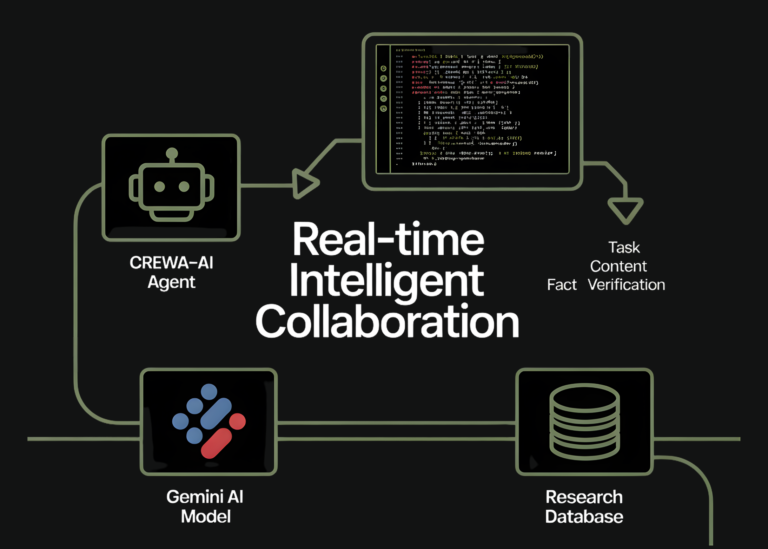Revolutionizing Education: AI Tools for Personalized Learning Paths
In the evolving landscape of education, the traditional "one-size-fits-all" approach is gradually giving way to innovative solutions that cater to individual student needs. At the forefront of this transformation are AI tools designed to create personalized learning paths, enabling students to learn at their own pace, focus on areas they struggle with, and explore topics that align with their interests. This shift not only enhances learning outcomes but also addresses the diverse requirements of modern classrooms.
What Are Personalized Learning Paths?
Personalized learning paths are tailored educational journeys that adapt to a student’s unique learning style, preferences, and progress. Unlike standardized curricula, these paths use data to identify each learner’s strengths, weaknesses, and goals, offering customized content, pacing, and feedback. This approach fosters engagement, reduces frustration, and empowers students to take ownership of their education.
How AI Tools Create Personalized Learning Paths
AI-driven platforms leverage advanced technologies like machine learning, natural language processing, and data analytics to craft these individualized routes. Here’s how they work:
- Data Collection: AI tools gather data from student interactions, such as quiz scores, time spent on tasks, and response patterns.
- Machine Learning Algorithms: These algorithms analyze the data to detect learning trends, predict challenges, and adjust content delivery in real time.
- Adaptive Assessments: AI can generate dynamic quizzes and exams that evolve based on a student’s performance, ensuring they’re neither overwhelmed nor under-challenged.
- Content Recommendations: By understanding a student’s progress, AI suggests resources like videos, articles, or exercises that align with their needs.
- Real-Time Feedback: Immediate, actionable insights help students correct mistakes and reinforce concepts promptly.
For example, platforms like Knewton and DreamBox use these techniques to adjust math problems or reading materials based on a learner’s responses, while Carnegie Learning offers AI-powered tutoring for K-12 students. Language learners benefit from Duolingo, which uses AI to customize lessons and track progress.
Benefits of AI-Driven Learning Pathways
- Enhanced Efficiency: Students focus on what they need to learn, skipping redundant material and accelerating progress.
- Increased Engagement: Personalized content keeps learners motivated by aligning with their interests and abilities.
- Accessibility and Equity: AI can bridge gaps for students with different learning needs, including those with disabilities or non-native languages.
- Real-Time Adaptation: Teachers gain insights into student performance, allowing them to intervene early and provide targeted support.
- Scalability: AI tools can manage large classes, offering individualized attention that would be impossible for human educators alone.
A study by the National Bureau of Economic Research found that students using adaptive learning platforms showed significant improvements in test scores, highlighting the effectiveness of AI in boosting academic performance.
Challenges and Ethical Considerations
While the potential is vast, challenges remain:
- Data Privacy: Collecting student data raises concerns about security and misuse. Institutions must ensure compliance with regulations like FERPA or GDPR.
- Algorithmic Bias: AI systems trained on non-representative data may inadvertently favor certain groups, exacerbating inequities. Developers must prioritize diverse and inclusive datasets.
- Digital Divide: Not all students have equal access to technology, risking increased disparities. Policymakers and schools must address infrastructure gaps.
- Human Element: AI should complement, not replace, teachers. The emotional support and mentorship of educators remain irreplaceable.
The Future of AI in Education
The future promises even more advanced applications. AI could integrate with virtual reality (VR) to create immersive learning experiences or analyze non-cognitive skills like creativity and collaboration. Additionally, AI tutors may become more sophisticated, offering 24/7 support and mimicking human interaction. As AI evolves, its role in lifelong learning—helping professionals upskill or adults learn new languages—will expand, making education more dynamic and accessible.
Conclusion
AI tools for personalized learning paths are reshaping education by making it more inclusive, efficient, and student-centered. While challenges like privacy and bias require careful management, the benefits of tailored learning are undeniable. As technology advances, collaboration between educators, developers, and policymakers will be key to ensuring AI enhances—not disrupts—the learning experience. By embracing these tools thoughtfully, the education sector can unlock new possibilities for students worldwide, preparing them for a future where adaptability and continuous learning are essential.
In this era of innovation, AI isn’t just a tool; it’s a catalyst for reimagining how we teach and learn, one personalized path at a time.







